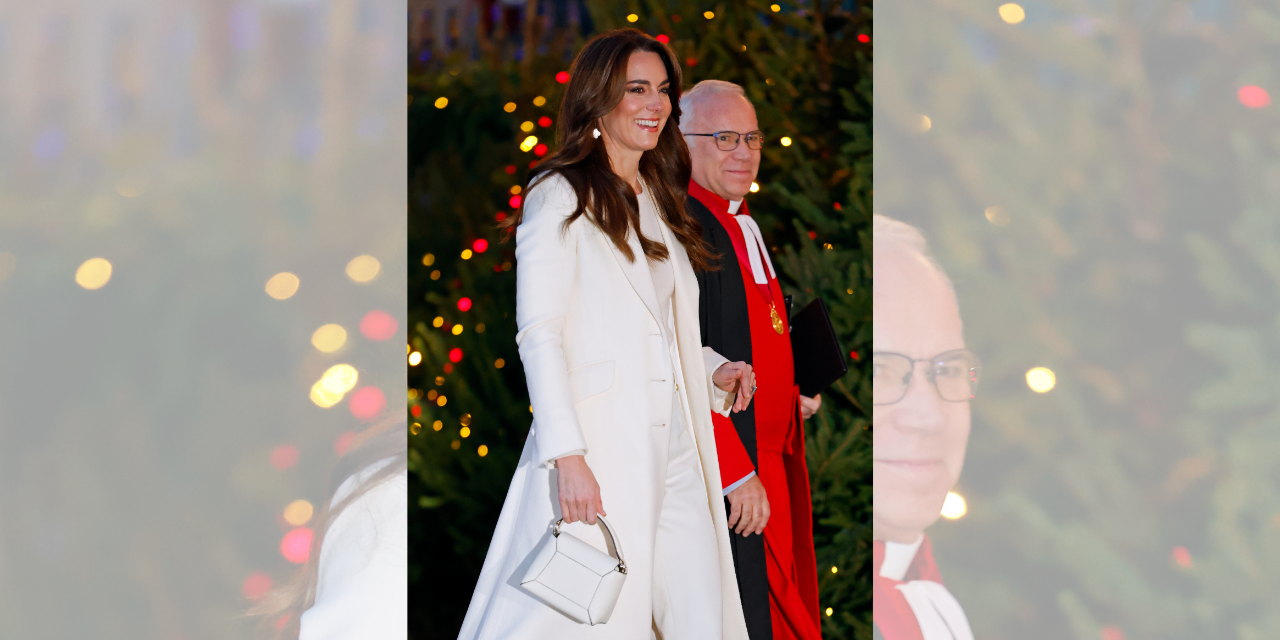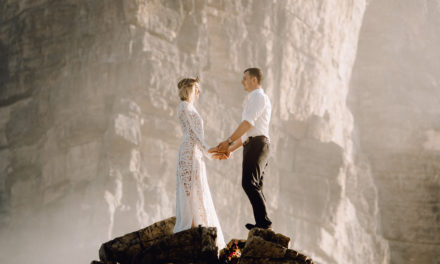He was born Louis-Francois Cartier, the son of 19th-century French peasants, and was a committed jeweler’s apprentice who managed to eventually scrape together enough money to buy the business from his boss.
Over the years, the Cartier jewelry brand became synonymous with luxury and tradition – primarily stemming from Louis’ grandson, Pierre, purchasing the “Hope Diamond” in 1910 for $100,000 – or approximately $2.4 million today.
Pierre added to the mystique of the 45-carat, cornflower blue diamond by concocting a fantastical story concerning its origins – including the claim that a curse would fall on anyone who touched it. As it turned out, he believed the fabricated tale would draw wealthy buyers – and he was right.
The famed diamond was sold just two years later to New York socialites Ned and Evalyn McClean for $180,000. Today, the Hope Diamond is in the National Museum of Natural History in Washington, D.C.
That colorful history came to mind this past week when Sunday’s print edition of The New York Times featured an oversized, four-page advertisement insert from Cartier with the headline, “Linked by Love with Cartier.”
The occasion was the 100th anniversary of the release of the company’s “Trinity Ring.”
Here’s how the company describes it:
Linked by its three bands in three golds, this piece of jewelry symbolizes unity and diversity, representing all forms of love.
The tradition of the wedding ring is said to date back to the ancient Egyptians, who saw the symbolism of an “endless” circle appropriate for a pledge to love and care for a spouse “till death do us part.” Incidentally, the fourth finger of the left hand was chosen as the place to wear the ring because it was believed a vein ran through that digit bringing blood to the heart.
Cartier’s “Trinity Ring” has drawn legions of fans over the last century. It’s admirers and wearers have included Cary Grant, Grace Kelly, and most recently, Kate Middleton, Princess of Wales.
Jewelry company marketers can assign whatever significance they want to any of their products, but what’s interesting, telling, and perhaps not all that surprising, is how the modern manifestation of Cartier’s marketing has evolved over the years.
Louis Cartier, one of the grandsons of the founder, is credited with conceiving of the ring’s design. He chose three shades of gold to represent “fidelity, friendship, and love.” Naming it the “Trinity Ring” was also a nod to those who saw a ring of this nature in a sacred framework concerning the Holy Trinity.
Over the years, the ring has been given from boyfriends to girlfriends, as well as husbands to wives, and no doubt vice versa. Parents have also been known to give them to their children to mark milestones in their lives.
Reading through the Cartier advertisement, though, the cultural revolution concerning society’s understanding of love is glaringly evident. Today’s executives are claiming the ring represents “diversity” and “all forms of love” – but there’s no evidence Louis Cartier was concerned with either of those characteristics back in 1924.
In pulling together the advertisement, Cartier’s marketers didn’t appear to draw any distinctions between the main types of affection: eros (erotic), philia (friendship), storge (familial) and agape (mankind). But to celebrate the 100th anniversary of the ring, they solicited “100 testaments of love” from around the world, and the blurbs include all four – plus more.
Many of the blurbs are sweet and several are sad – stories of people giving up a search for love and instead deciding that loving themselves will do the trick or giving their affections instead to a job or hobby. Some are cryptic. Others indicate confusion and a distortion of what love really is in God’s eyes. But the last blurb from Oli might be my favorite:
“My mom squeezes my hand whenever it strikes her. Twice in a row means ‘I love you.’ Walking down the street, watching a movie; no matter when or where we are, we always stay connected.”
With “Trinity Rings” running in the thousands and tens of thousands of dollars, obtaining one might not be at the top of most of our lists. Yet the prioritization of fidelity, friendship, and love in our relationships should be – qualities that financially cost a lot less, but yield far more than even the value of the Hope Diamond and the value of all rings combined.
Image from Getty.






